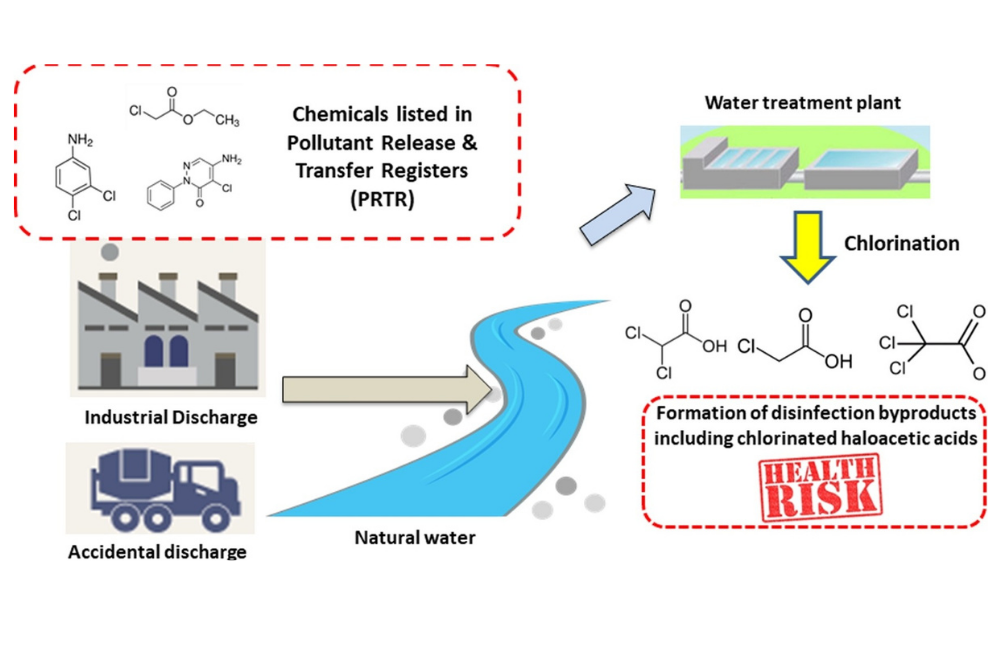Why is chlorine added?
Chlorine is used by public water departments to disinfect drinking water. Disinfection of water supplies is necessary to prevent illness from waterborne disease causing bacteria; it is a federal and state requirement. The practice of disinfection has nearly eliminated most acute waterborne diseases in the United States.
What is the Drinking Water Standard for TTHM and how is compliance determined?
Drinking water standards are called maximum contaminant level (MCLs). MCLs are set to limit risks to people from chemicals in drinking water. Some MCLs limit the daily amount consumed (for chemicals that pose an immediate risk), and some limit the amount averaged over a long period of time (for chemicals that pose a long-term risk). The TTHM MCL is set at a level that balances the immediate risk of bacterial contamination should the water not be adequately disinfected and the long-term risk of health effects, such as cancer, potentially associated with long term exposures to TTHM. The USEPA and MassDEP have set an MCL for TTHM of 80 parts per billion (ppb) or micrograms per liter (ug/L) as an annual average.
How can consumers be exposed to TTHM in drinking water?
People may be exposed to TTHM in drinking water from ingestion (i.e., drinking the water and ingesting it in foods and/or ice prepared with the water). In addition, TTHM vaporize readily into the air so inhalation exposure to TTHM can be significant, especially when showering and bathing, as can exposure from absorption through the skin.
What are the health risks associated with using water containing TTHM?
The MCL for TTHM is based on potential cancer risks following a lifetime of drinking the water. TTHM are considered to be possibly carcinogenic to humans by USEPA because of evidence of carcinogenicity in experimental laboratory animals and limited evidence in people. Some of the individual chemicals that comprise TTHM have also caused other effects in experimental laboratory animals following high levels of exposure, including toxicity to the liver, kidneys, neurological and reproductive systems. Various adverse reproductive and developmental effects have been observed in experimental laboratory animals following exposure to disinfection byproducts (which include TTHM). In some, but not all, studies in people, similar effects have also been reported. In general, young children may be more susceptible to the effects from any chemical exposure, such as TTHM, because their ability to metabolize chemicals is not mature and because their exposures may be greater for their size than in adults. More research is being conducted to better understand the potential risks from using water containing TTHM.
To remove THMs from your water supply in your home the installation of a system containing activated carbon is the most effective and practical approach. The carbon is able to essentially trap the THMs until reaching maximum absorption. The carbon media inside the tank should be exchanged at regular intervals.
DOWNLOAD BROCHURE FOR CARBON FILTER
Twin Tank Carbon System

